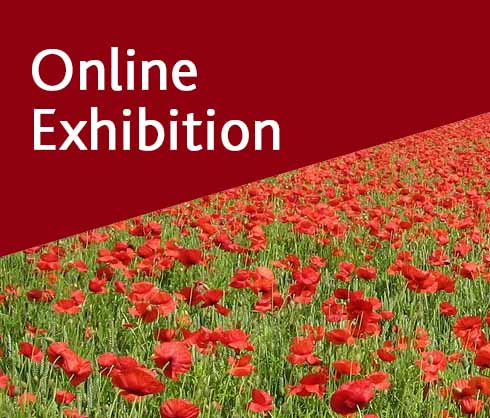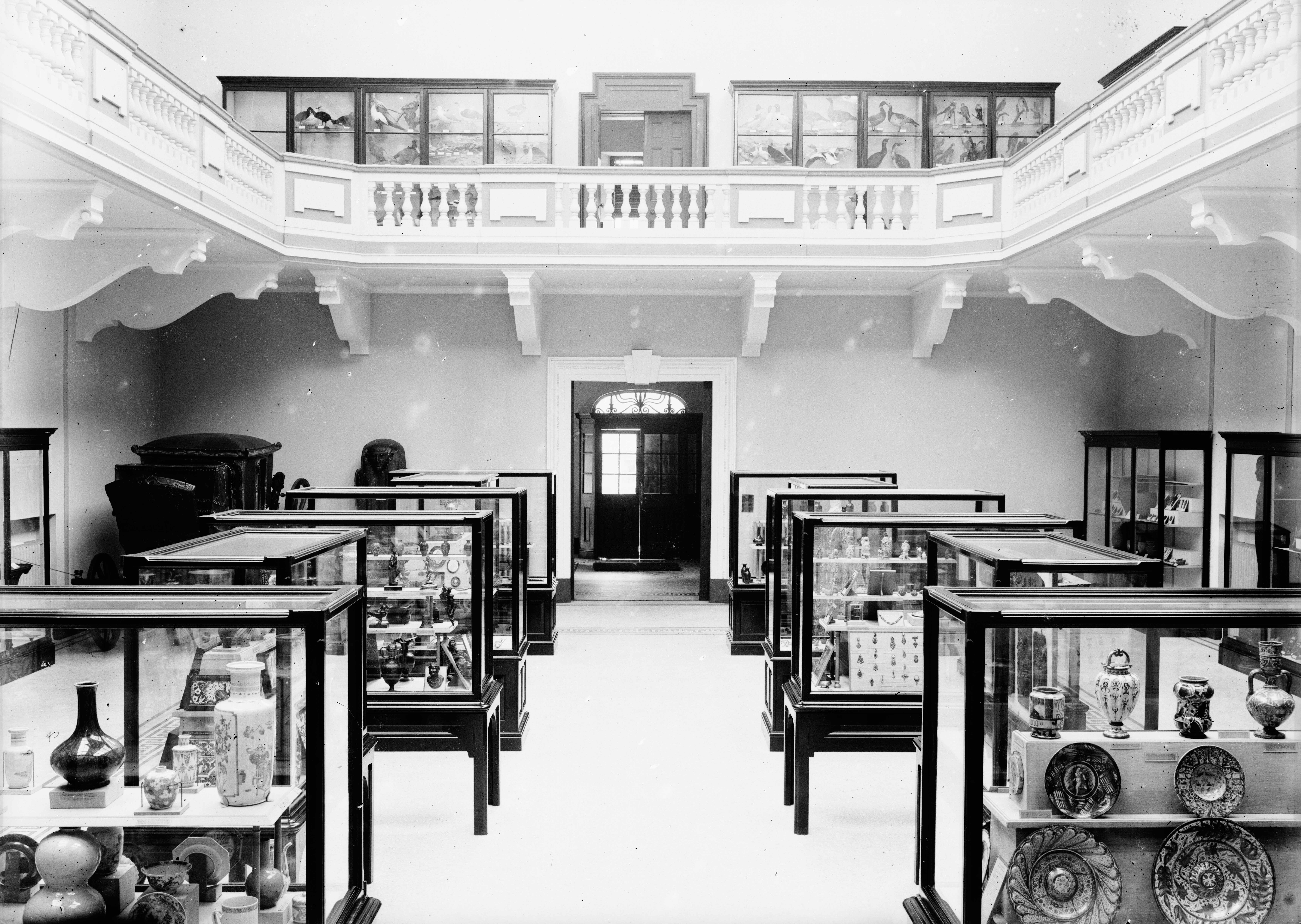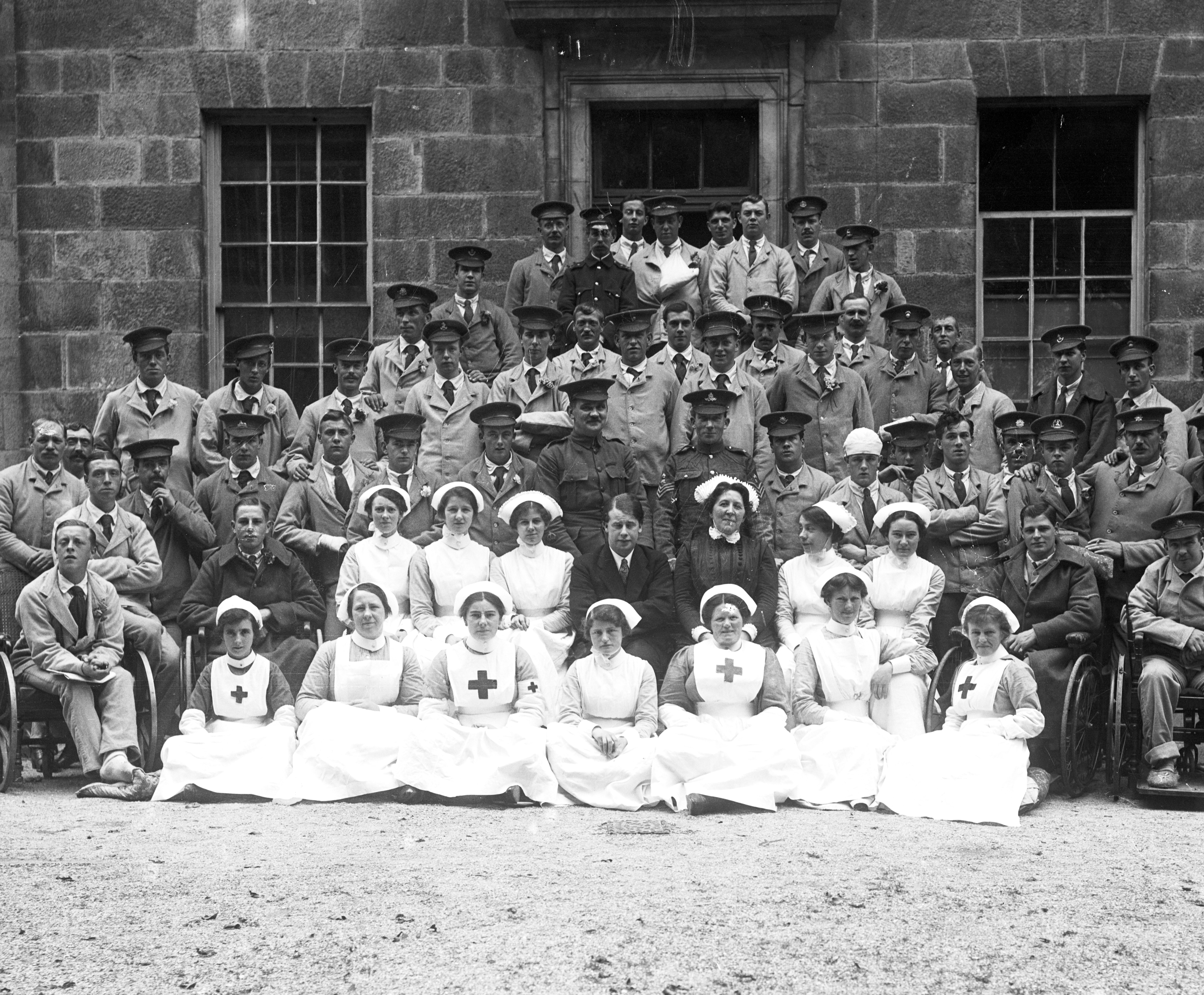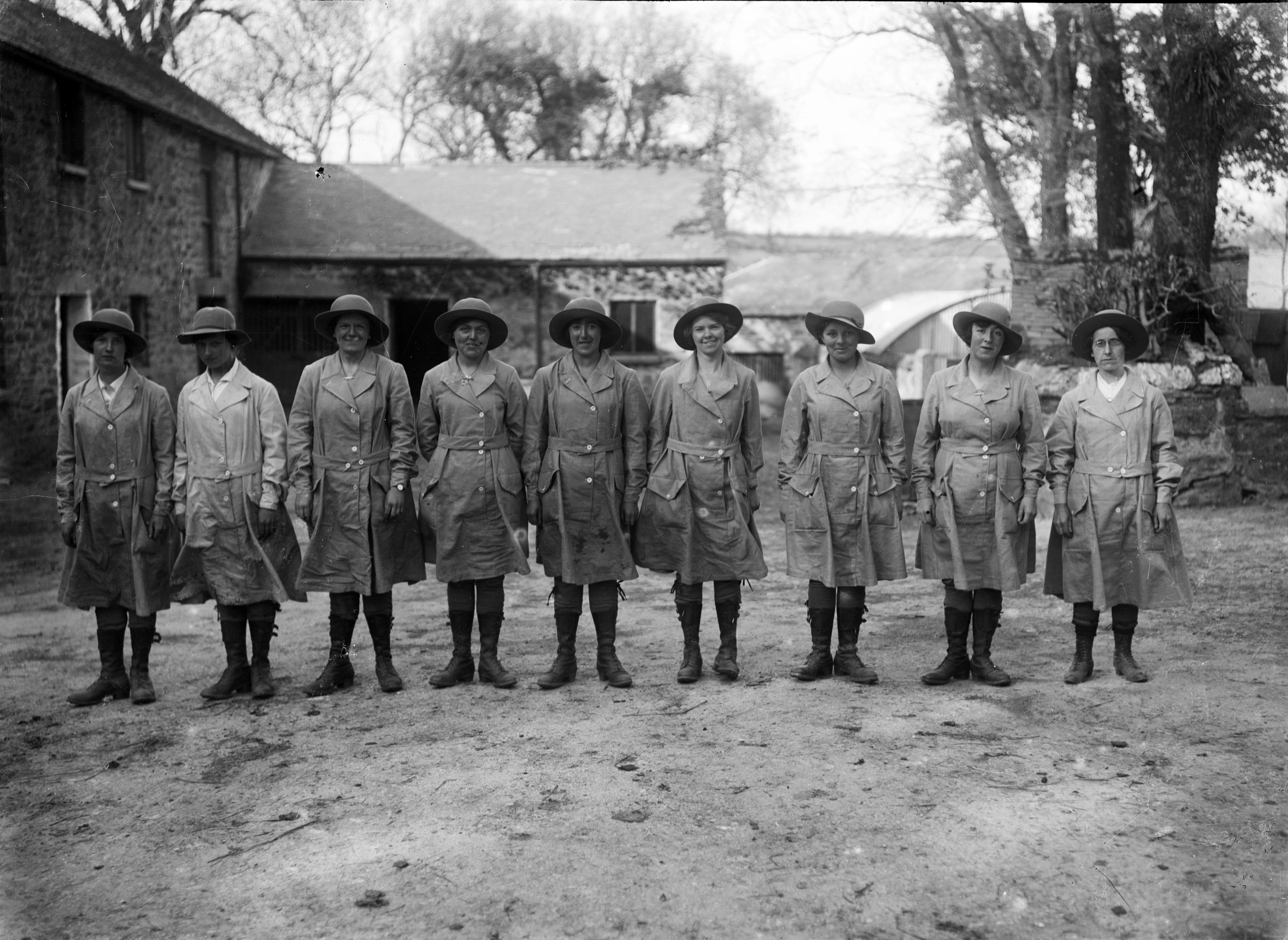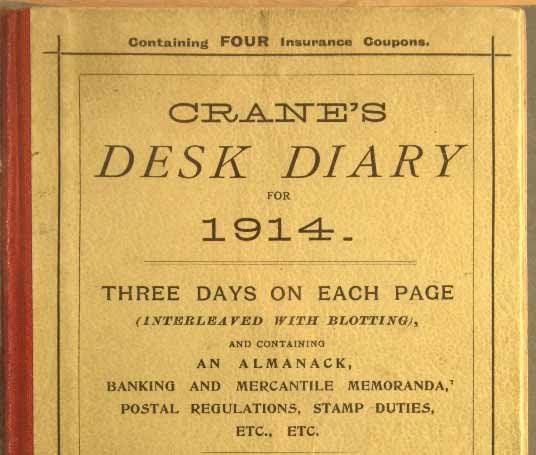Princess Mary Christmas Box
Many people believed that the First World War would be over by Christmas Day 1914. However, by December of that year, the Allies and Central Powers were locked in a firm stalemate along the Western Front.
To keep up the morale of those both on and behind the front lines, Princess Mary devised an idea to set up the ‘Sailors and Soldiers Christmas Fund’, with the aim that every member of the Armed Forces would receive a gift on Christmas Day.
The funds raised allowed for the manufacture of small boxes, adorned with a cameo of Princess Mary and various military and allied symbols. Silver tins were sent to officers, while all other military personnel received brass ones.
The boxes were typically filled with: a Christmas card, a photograph of Princess Mary, an ounce of tobacco and cigarette paraphernalia, confectionery, pencils, and spices.
Recipients were divided into three classes. The ‘A Class’ were front line troops and the navy, the ‘B Class’ were British troops outside of the British Isles, and the ‘C Class’ were all British troops within the British Isles.
Each class received their Christmas gift boxes at different times, with the ‘A Class’ being the priority to receive theirs first.
On Christmas Day 1914, British and German soldiers on parts of the Western Front held an unofficial truce. This involved meeting in no man’s land, exchanging gifts and taking photographs.
Alfred Anderson, who was aged 18 and part of the Royal Highland Regiment at the time of the truce, treasured the Christmas gift box sent to him. He said:
“A lot of the lads thought the box was worth nothing, but I said someone is bound to have put a lot of thought into it”.
Many Christmas gift boxes did not get delivered in time for Christmas Day. However, a total of 2,321,533 were delivered by January 1915.
Object chosen by James Dean, Citizen Curator.

